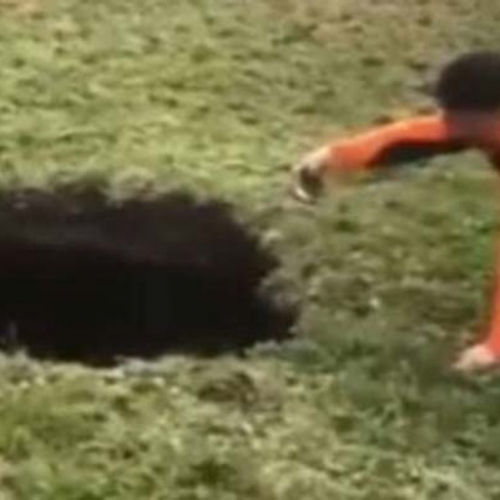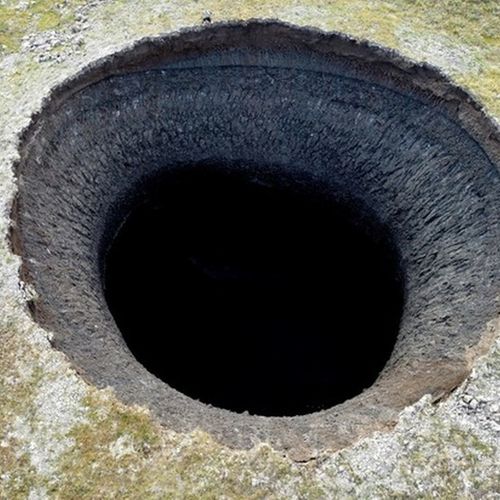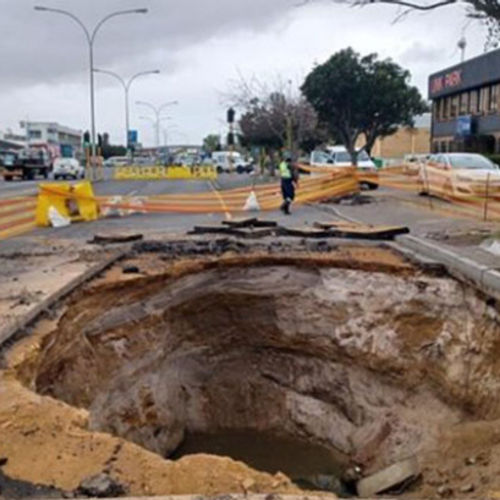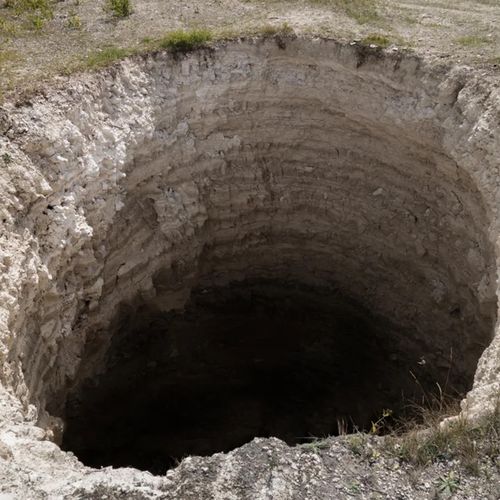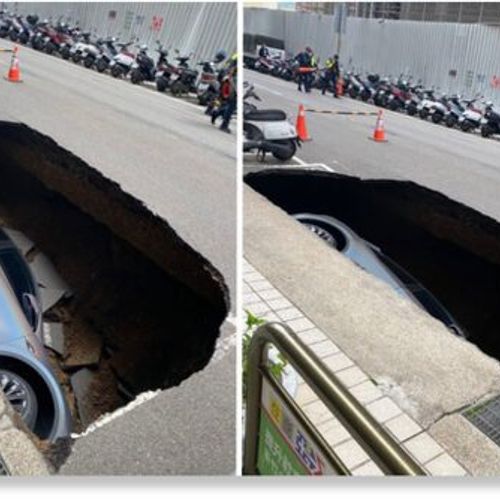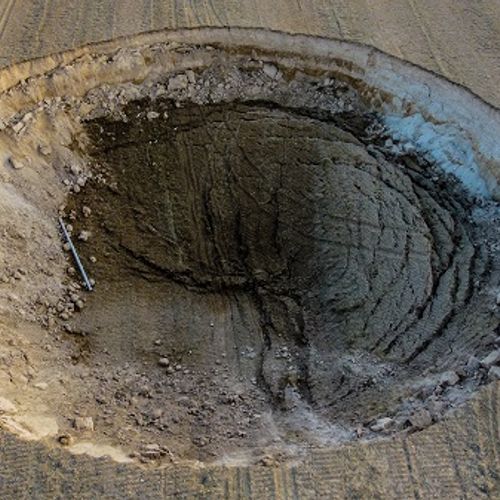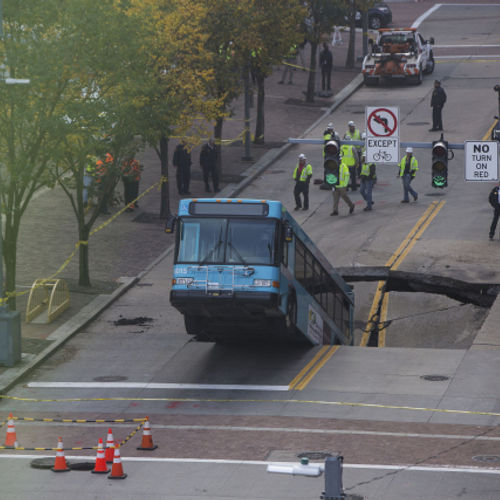
| Added | Wed, 26/07/2023 |
| Источники | |
| Дата публикации | Tue, 25/07/2023
|
| Версии |
Sinkholes are a global problem caused by both natural processes and previous industrial developments. Every year there are news about the sudden formation of holes in the ground up to several tens of meters deep, and, alas, residential buildings with people often fall into the tartarus. To prevent this, researchers study the geology of the soil and make maps with potentially dangerous zones.
Most often, sinkholes are formed in places where limestone prevails, gradually eroded by groundwater, or over abandoned mines.
Scientists are using microgravity-based techniques to detect cavities in the earth. Recently, 4D research approaches have been developed to help detect gravitational changes that signal the approach of cavities to the surface and their instability. These data should be taken into account by developers before the construction of facilities, especially in densely populated areas.
One of the particularly problematic areas, to which the attention of experts is focused, is a segment of the Trent and Mersey canals in British Cheshire. Recent studies indicate the development of anomalies in this zone and the instability of underground salt mines, for which these channels were once built.
Новости со схожими версиями
Log in or register to post comments

